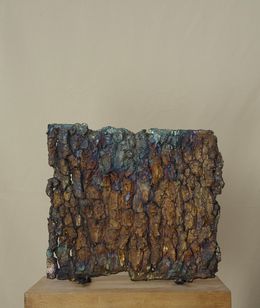
Ecorce plate
Jacques Tenenhaus
Sculpture - 49 x 54 x 21 cm Sculpture - 19.3 x 21.3 x 8.3 inch
CHF 5,863
The technique of creating bronze sculptures has remained largely unchanged since ancient times. Sculptors begin by molding the subject in wax, then encase it in clay, before pouring molten bronze, an alloy of copper and tin, into the mold. Once the bronze cools, the clay is broken away, leaving the bronze sculpture behind. This time-tested process allows for high levels of detail, making bronze a highly valued material for sculptors, particularly for outdoor works due to its robustness and resistance to the elements. Additionally, bronze sculptures can be enhanced with patinas, which give them a range of color nuances, adding to their appeal and uniqueness.
Bronze is one of the oldest materials used in art, dating back to around 2800 BC, when it was first used to create tools and sculptures in ancient civilizations such as Mesopotamia, Egypt, and China. In Mesopotamia, bronze was used to represent animals in sacred art, while in Egypt, it was used to personify gods and create small statues for tombs. However, it was in ancient Greece where the material truly flourished, as craftsmen began to create remarkably lifelike human figures and deities. This innovation cemented bronze's place in the history of art, with many Greek works being imported to Rome. In Rome, the demand for bronze sculptures grew, and the production of bronze statues became a popular way to decorate theatres and the homes of the wealthy.
As Christianity rose to prominence, the focus shifted to church decorations, leading to the replacement of bronze sculptures with stone carvings. It wasn't until the 14th century that the art form experienced a revival, with the rediscovery of bronze masterpieces during archaeological excavations in Italy. This resurgence continued into the 15th century, when artists like Filippo Brunelleschi and Lorenzo Ghiberti used bronze to decorate the Florence Baptistery doors, marking the beginning of the Renaissance. Donatello, influenced by Roman art, was a pioneer in conveying emotion through bronze sculptures, followed by his pupil, Andrea del Verrocchio, who also trained Leonardo da Vinci. As the Renaissance spread across Europe, bronze sculptures became highly sought after, particularly in Italy, where artists competed to produce the most impressive works.
The 16th century saw the Flemish sculptor Jean de Bologne rise to prominence as the master of bronze sculpture, and his influence played a key role in spreading the technique across Europe. In France, however, the demand for bronze sculptures fluctuated with the political regime, especially during the reign of Louis XIV, when sculptors were commissioned to create bronze works to decorate the royal court, including the grand halls of Versailles.
The 19th century saw a revival of bronze sculpture, with artists like Auguste Rodin and Camille Claudel pushing the boundaries of the medium. The 20th century saw further innovation, with movements like Cubism and Art Deco incorporating bronze into their works. While bronze is a heavy and expensive material, which can make it less accessible for collectors, contemporary artists continue to use it for large-scale, striking sculptures. On Artsper, you can find bronze works by renowned contemporary artists such as Giuseppe Penone, Alberto Giacometti, César Baldaccini, and Philippe Pasqua. From Giacometti's surreal, elongated figures to the whimsical butterflies and still-life sculptures of Pasqua, bronze continues to captivate with its enduring appeal, blending tradition and innovation in the modern art world.
Save your search and find it in your favorites
Save your search to find it quickly
Saved search
Your search is accessible from the favorites tab > My favorite searches
Unsaved search
A problem occurred

Sculpture - 49 x 54 x 21 cm Sculpture - 19.3 x 21.3 x 8.3 inch
CHF 5,863


Sculpture - 32 x 15 x 15 cm Sculpture - 12.6 x 5.9 x 5.9 inch
CHF 1,319
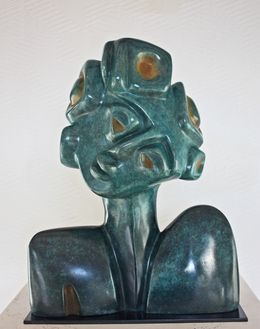
Sculpture - 38 x 30 x 11 cm Sculpture - 15 x 11.8 x 4.3 inch
CHF 4,495

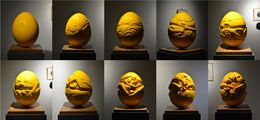
Sculpture - 68 x 52 x 52 cm Sculpture - 26.8 x 20.5 x 20.5 inch
CHF 189,181

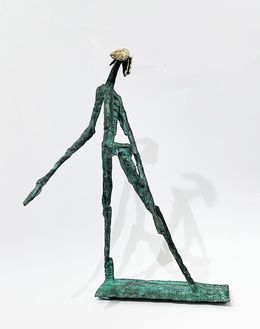
Sculpture - 50 x 36 x 33 cm Sculpture - 19.7 x 14.2 x 13 inch
CHF 4,876

Sculpture - 26 x 15 x 8 cm Sculpture - 10.2 x 5.9 x 3.1 inch
CHF 2,932
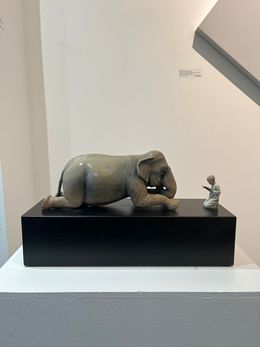
Sculpture - 12 x 41 x 14 cm Sculpture - 4.7 x 16.1 x 5.5 inch
CHF 14,658
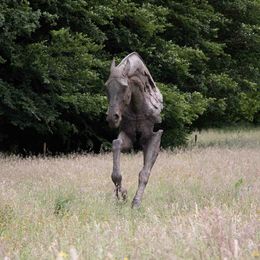
Sculpture - 300 x 220 x 106 cm Sculpture - 118.1 x 86.6 x 41.7 inch
CHF 175,892
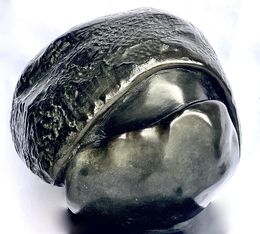
Sculpture - 16 x 16 x 15 cm Sculpture - 6.3 x 6.3 x 5.9 inch
CHF 2,541
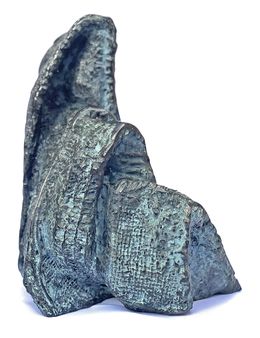
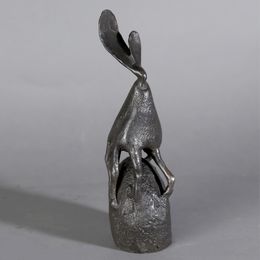

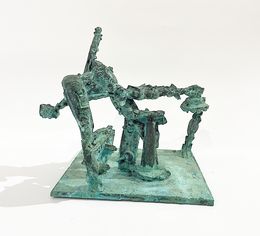
Sculpture - 16.5 x 20.5 x 14.5 cm Sculpture - 6.5 x 8.1 x 5.7 inch
CHF 1,261

Sculpture - 11.8 x 17 x 14 cm Sculpture - 4.6 x 6.7 x 5.5 inch
CHF 977



Sculpture - 29 x 29 x 5.5 cm Sculpture - 11.4 x 11.4 x 2.2 inch
CHF 3,322 CHF 2,658
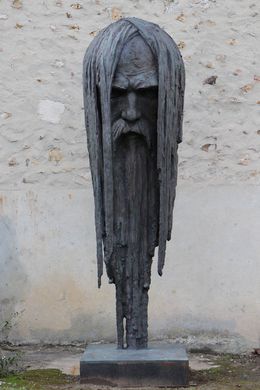
Sculpture - 241 x 75 x 45 cm Sculpture - 94.9 x 29.5 x 17.7 inch
CHF 87,946

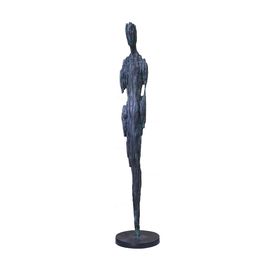
Sculpture - 129 x 26 x 26 cm Sculpture - 50.8 x 10.2 x 10.2 inch
CHF 25,895
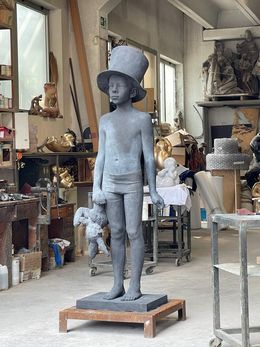

Sculpture - 50 x 40 x 40 cm Sculpture - 19.7 x 15.7 x 15.7 inch
CHF 12,508

Sculpture - 150 x 170 x 100 cm Sculpture - 59.1 x 66.9 x 39.4 inch
CHF 13,947


Sculpture - 22 x 6 x 8 cm Sculpture - 8.7 x 2.4 x 3.1 inch
CHF 733

Sculpture - 21 x 6 x 8 cm Sculpture - 8.3 x 2.4 x 3.1 inch
CHF 733
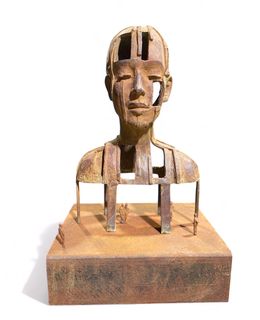
Sculpture - 35 x 20 x 18 cm Sculpture - 13.8 x 7.9 x 7.1 inch
CHF 4,104
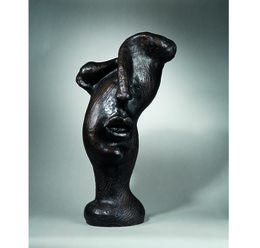
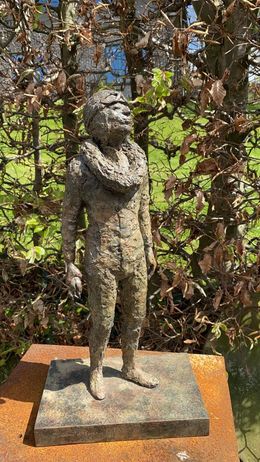
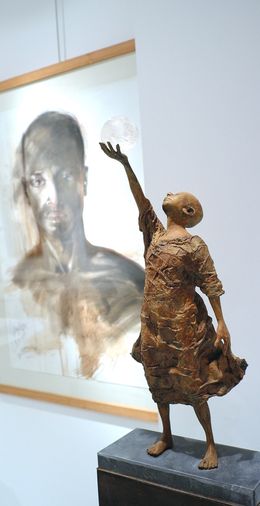
Sculpture - 170 x 26.5 x 32 cm Sculpture - 66.9 x 10.4 x 12.6 inch
CHF 9,674
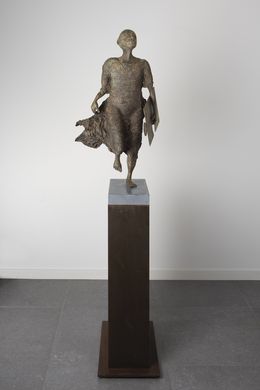
Sculpture - 165 x 43 x 40 cm Sculpture - 65 x 16.9 x 15.7 inch
CHF 12,215
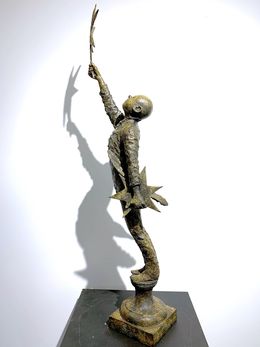
Sculpture - 85 x 20 x 20 cm Sculpture - 33.5 x 7.9 x 7.9 inch
CHF 6,547
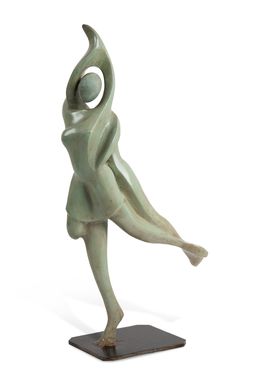
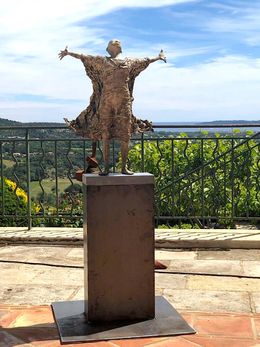
Sculpture - 170 x 73 x 63 cm Sculpture - 66.9 x 28.7 x 24.8 inch
CHF 21,498
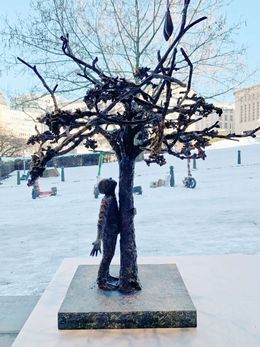
Sculpture - 60 x 60 x 60 cm Sculpture - 23.6 x 23.6 x 23.6 inch
CHF 9,283


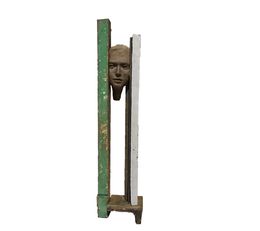

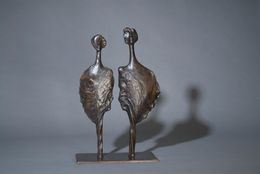
Sculpture - 69 x 43 x 20.5 cm Sculpture - 27.2 x 16.9 x 8.1 inch
CHF 14,658
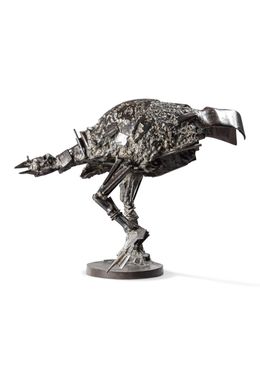




Sculpture - 37 x 23 x 17 cm Sculpture - 14.6 x 9.1 x 6.7 inch
CHF 4,104
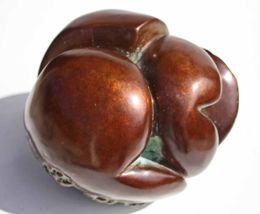
Sculpture - 16 x 18 x 15 cm Sculpture - 6.3 x 7.1 x 5.9 inch
CHF 2,736

Sculpture - 13 x 27 x 23 cm Sculpture - 5.1 x 10.6 x 9.1 inch
CHF 3,127

Sculpture - 26 x 44 x 31 cm Sculpture - 10.2 x 17.3 x 12.2 inch
CHF 4,690

Sculpture - 20 x 16 x 17 cm Sculpture - 7.9 x 6.3 x 6.7 inch
CHF 2,541


Sculpture - 70 x 18 x 18 cm Sculpture - 27.6 x 7.1 x 7.1 inch
CHF 5,081
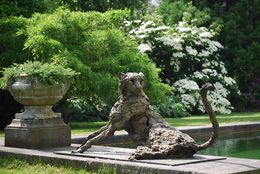
Sculpture - 67 x 135 x 70 cm Sculpture - 26.4 x 53.1 x 27.6 inch
CHF 39,087

Sculpture - 43 x 42 x 25 cm Sculpture - 16.9 x 16.5 x 9.8 inch
CHF 9,772

Sculpture - 185 x 60 x 60 cm Sculpture - 72.8 x 23.6 x 23.6 inch
CHF 24,429
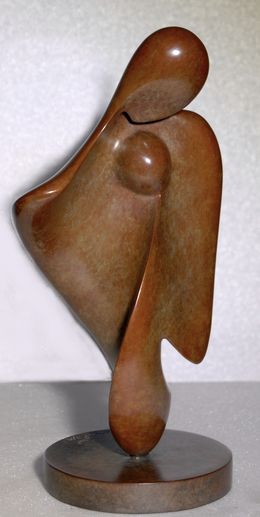
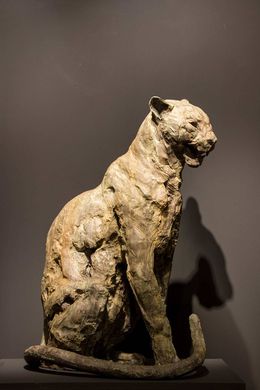
Sculpture - 90 x 55 x 40 cm Sculpture - 35.4 x 21.7 x 15.7 inch
CHF 27,361

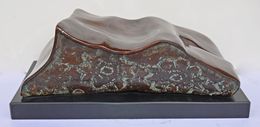

Sculpture - 80 x 40 x 45 cm Sculpture - 31.5 x 15.7 x 17.7 inch
CHF 14,658
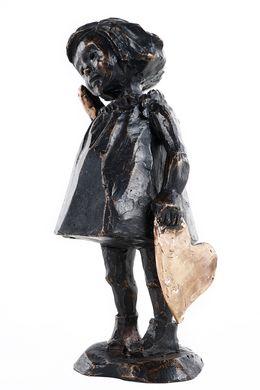

Sculpture - 40 x 80 x 40 cm Sculpture - 15.7 x 31.5 x 15.7 inch
CHF 13,680
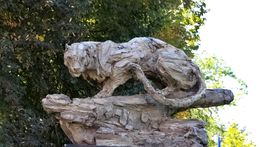
Sculpture - 158 x 105 x 68 cm Sculpture - 62.2 x 41.3 x 26.8 inch
CHF 63,516
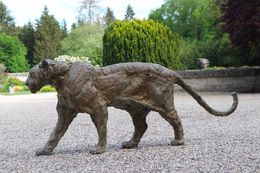
Sculpture - 72 x 178 x 30 cm Sculpture - 28.3 x 70.1 x 11.8 inch
CHF 48,859
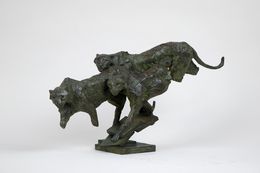
Sculpture - 21 x 43 x 10 cm Sculpture - 8.3 x 16.9 x 3.9 inch
CHF 7,817
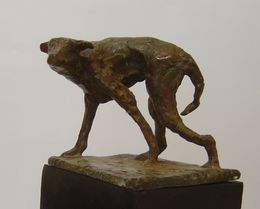
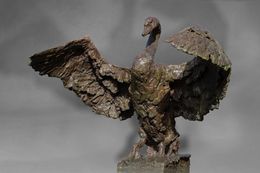
Sculpture - 100 x 110 x 100 cm Sculpture - 39.4 x 43.3 x 39.4 inch
CHF 48,859

Sculpture - 18 x 15 x 8 cm Sculpture - 7.1 x 5.9 x 3.1 inch
CHF 4,397
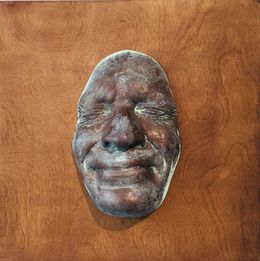
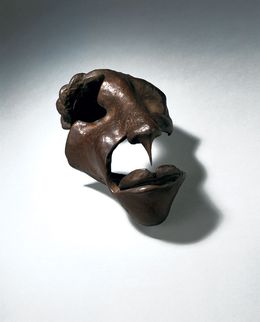
Sculpture - 28 x 16 x 15 cm Sculpture - 11 x 6.3 x 5.9 inch
CHF 4,886


Sculpture - 34 x 23 x 12 cm Sculpture - 13.4 x 9.1 x 4.7 inch
CHF 2,736
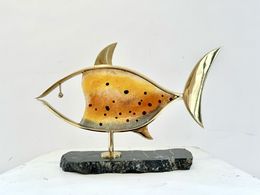
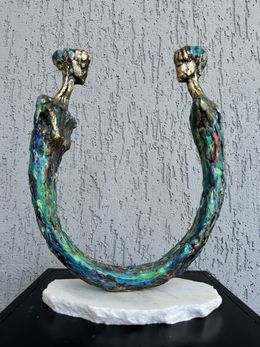
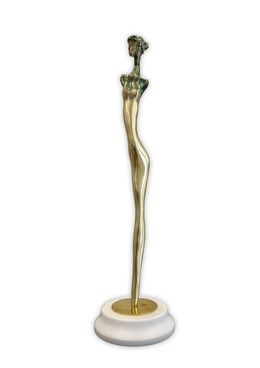

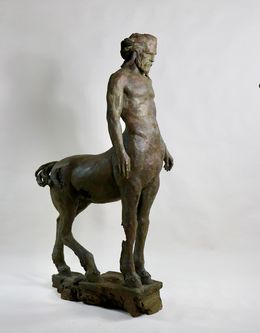
Sculpture - 146 x 48 x 80 cm Sculpture - 57.5 x 18.9 x 31.5 inch
CHF 58,631



Sculpture - 23 x 10 x 6 cm Sculpture - 9.1 x 3.9 x 2.4 inch
CHF 2,394

Sculpture - 54 x 36 x 11 cm Sculpture - 21.3 x 14.2 x 4.3 inch
CHF 6,840

Sculpture - 234 x 130 x 102 cm Sculpture - 92.1 x 51.2 x 40.2 inch
CHF 107,489

Sculpture - 235 x 51 x 134 cm Sculpture - 92.5 x 20.1 x 52.8 inch
CHF 68,402

Sculpture - 50 x 24 x 23 cm Sculpture - 19.7 x 9.4 x 9.1 inch
CHF 17,589
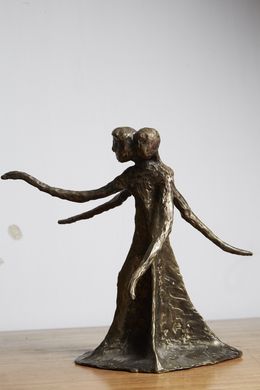

Sculpture - 70 x 50 x 28 cm Sculpture - 27.6 x 19.7 x 11 inch
CHF 29,315

Sculpture - 30 x 21 x 17 cm Sculpture - 11.8 x 8.3 x 6.7 inch
CHF 7,817
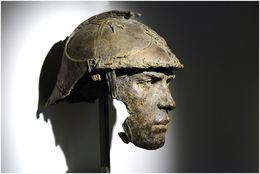
Sculpture - 62 x 36 x 47 cm Sculpture - 24.4 x 14.2 x 18.5 inch
CHF 24,429
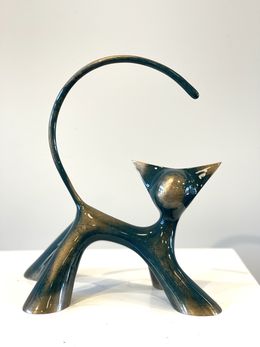
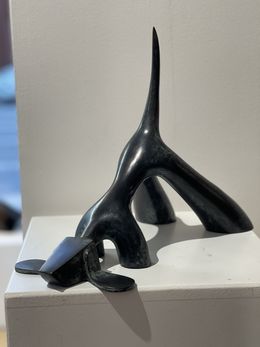
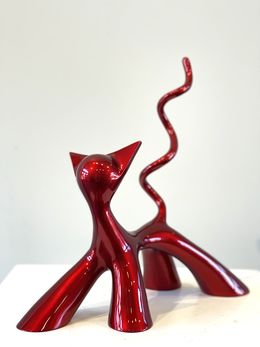
Bronze sculptures are made from a series of wax molds, into which the sculptor pours melted bronze to create the final sculpture.
Bronze is used for sculptures because it expands just before it hardens, resulting in the accentuation of fine details. The bronze then shrinks slightly as it cools down, which makes it easy to remove the cast.
You can tell if a sculpture is bronze by testing if a magnet sticks to it, as iron is magnetic. Bronze also does not have the ability to rust, so a bronze sculpture will not have signs of corrosion on its surface.
Choose your preferences
The art is yours
The art is yours